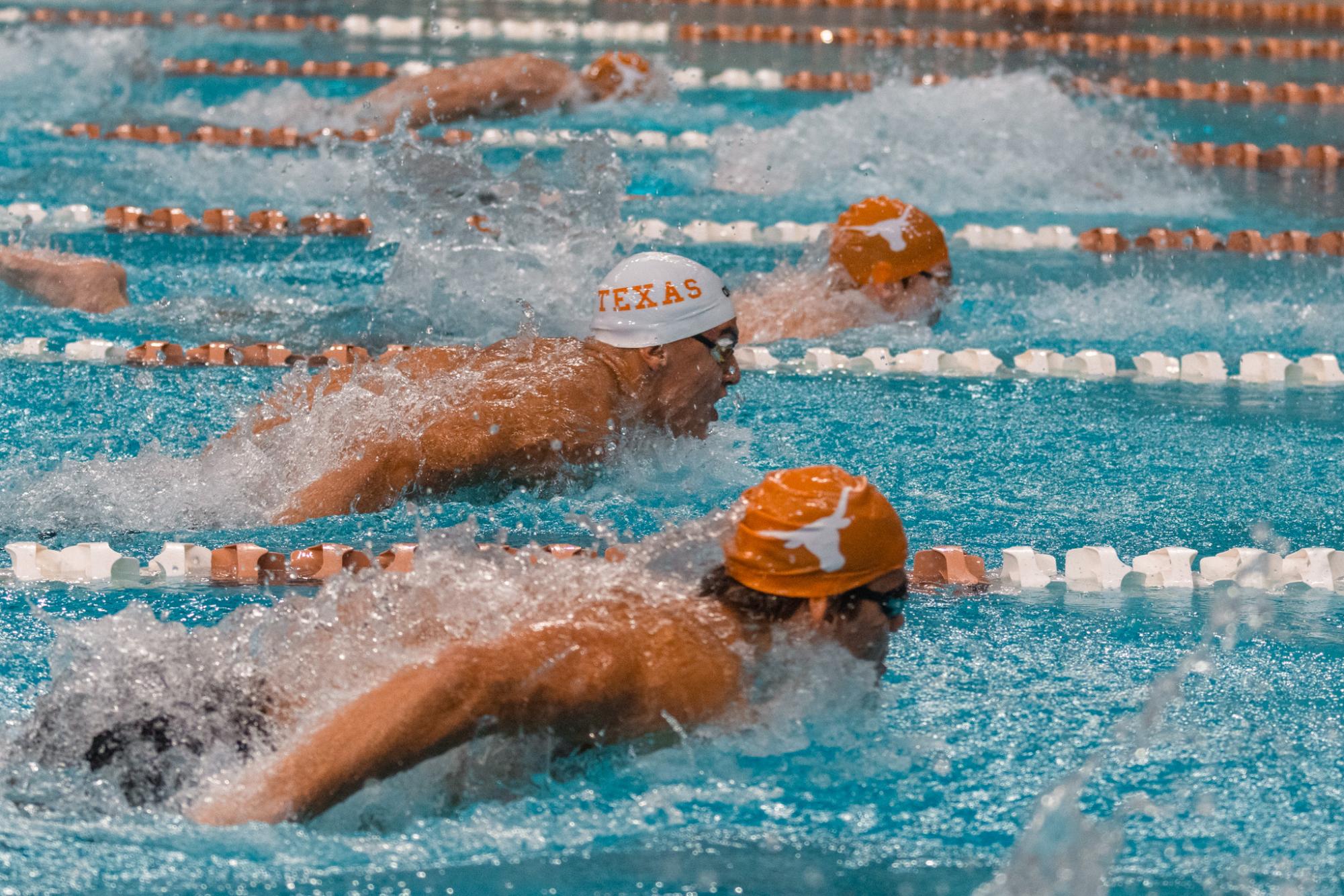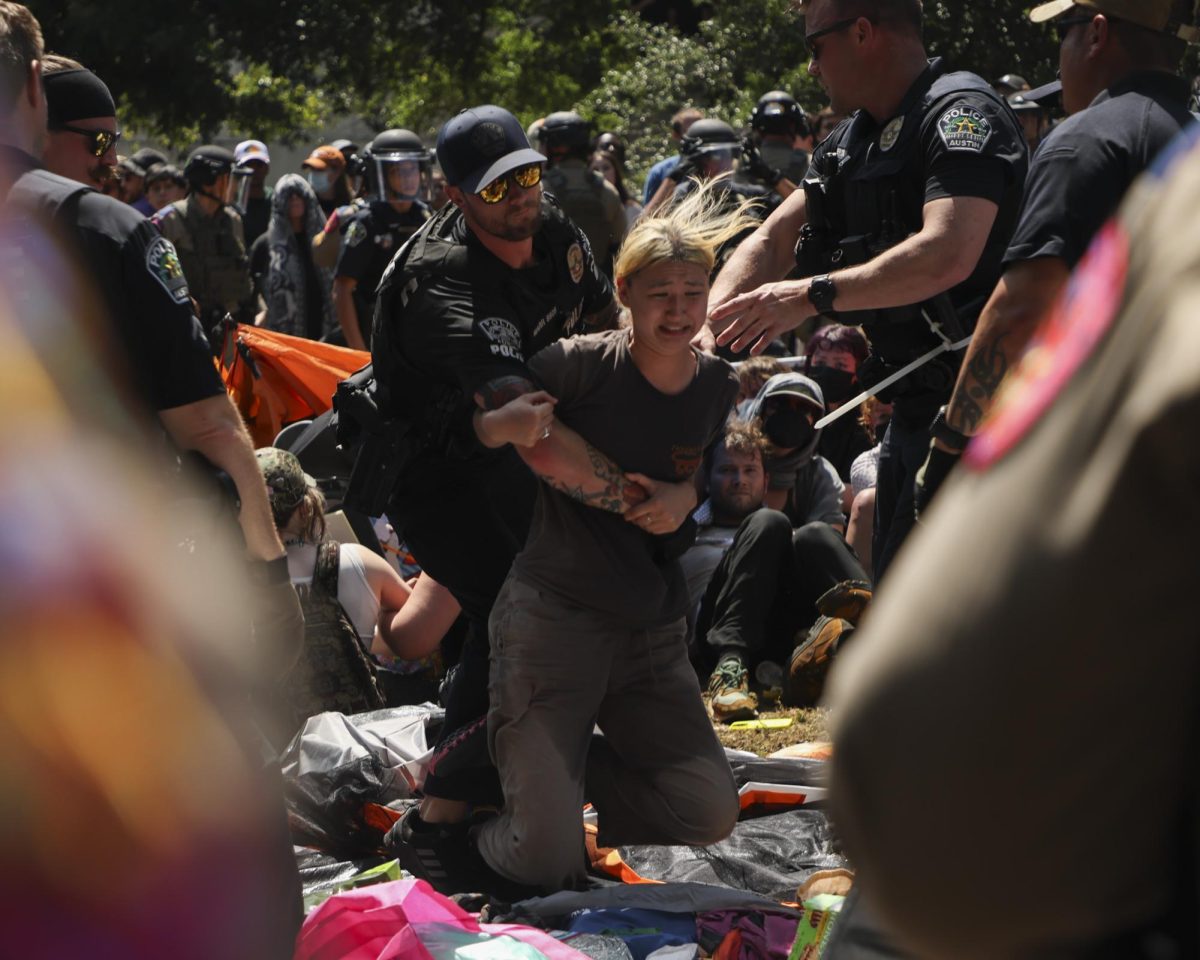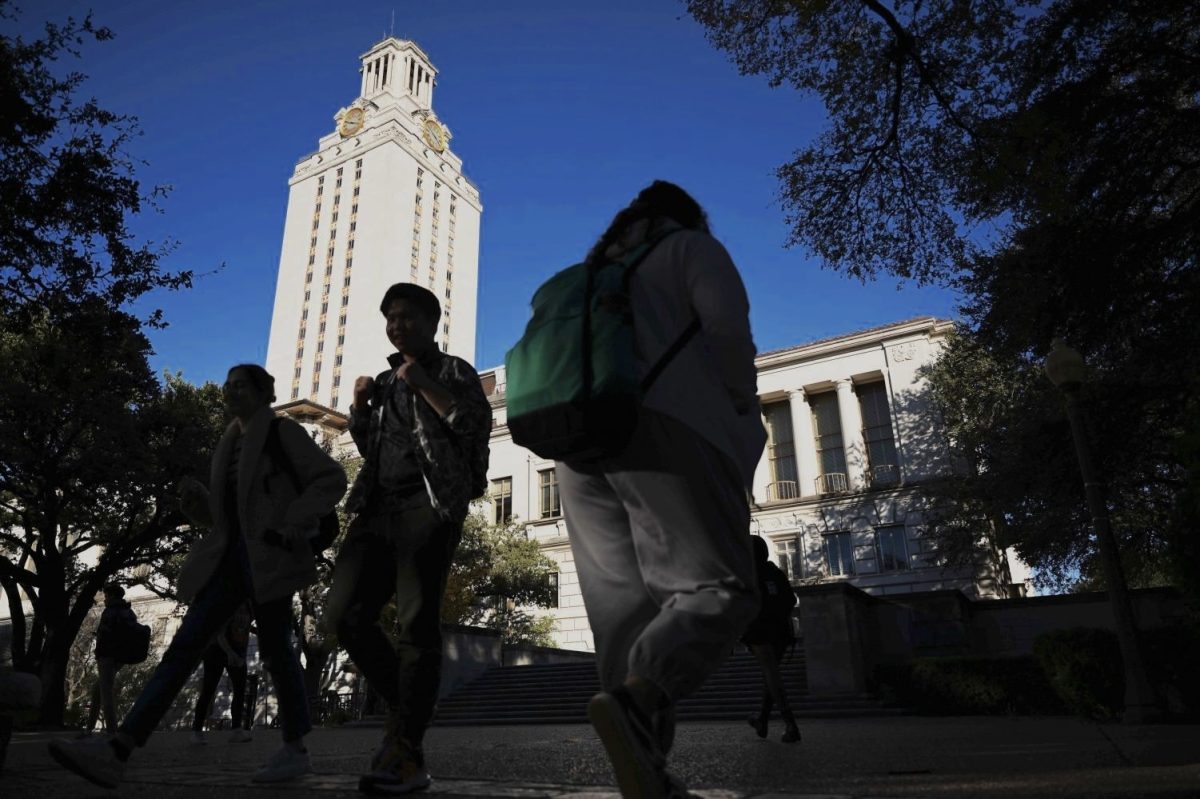That’s because, in 2021, Texas became the 14th state to pass legislation that would give student-athletes the ability to profit off of their name, image and likeness — a landmark development in the journey to get student-athletes compensated fairly.
Four years into a world of collegiate sports that was substantially changed by the introduction of NIL, the University of Texas has embraced NIL as a powerful recruiting tactic. UT athletes generated $2 million in the first year of NIL eligibility, and the University is currently home to the highest-paid student-athlete in the NCAA, sophomore quarterback Arch Manning.
However, collegiate sports are about to change again. The NCAA is currently settling a $2.8 billion federal class-action antitrust lawsuit filed by former student-athletes. If the settlement is approved, universities will be allowed to directly pay student athletes for the first time in intercollegiate sports history. The settlement would also set a cap on how much each university can pay their athletes, in an attempt to level the playing field between large and small schools.
Ahead of the final House v. NCAA hearing, The Daily Texan took a deeper look into how the ruling will impact the already changing landscape of Texas collegiate sports. Take a look at the stories below to learn about the current House v. NCAA hearing, the impact of NIL on the current recruiting process, how the hearing will impact male and female athletes differently and an in-depth feature into how some Texas athletes are already feeling the impacts of new roster caps.
Click on the images below to read the full collection.





















